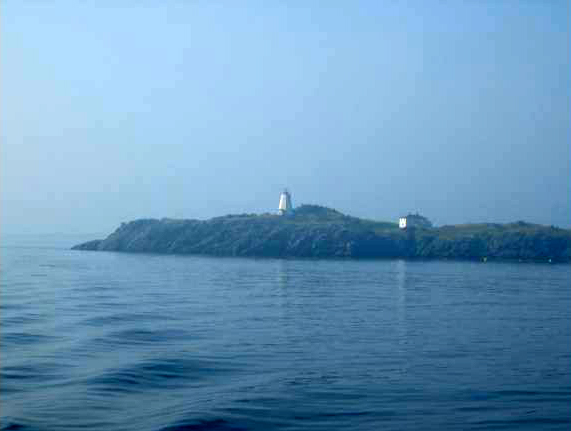CATALYTIC REACTIONS?
If you have a photo or other
graphic that reflects an aspect of life
(including laboratory life) or a
quotation that scientists might
appreciate that would be fit to print
in the space to the right, why not
send it to us via e-mail:
<catalyst@nih.gov>; fax: 402-4303; or mail: Building 2, Room 2E26.
Also,
we welcome "letters to the editor" for publication and your
reactions to anything on the Catalyst pages.
In Future Issues...
Research Festival Highlights
Embedded Chemistry Librarians
Biomarkers
 |
|
Courtesy
of Celia Hooper |
|
Somewhere off the coast of Maine |
Kids' Catalyst:
Movement in Water
Hot, cold, carbonated, or caffeinated, water is the primary (if not the only) ingredient in what we drink every day. Let’s see how this abundant and precious liquid responds when some (easily observed) substance is dropped into it–and let’s see whether there’s a difference if the water is still or stirred.
Goodies to Gather
![]() Six clear plastic cups, all the same size, and half-filled with water
Six clear plastic cups, all the same size, and half-filled with water
![]() Food coloring
Food coloring
![]() Time-keeping device
Time-keeping device
![]() Paper and pencil to record our findings
Paper and pencil to record our findings
![]() Stirring device
Stirring device
First, let’s start with still water. Add a drop of food coloring and, using a timer, see how long it takes for the whole glass to turn a light shade of that color. You’ll see a ripple here, a ripple there, and a ball of color reaching out to the rest of the glass. What do you think the difference will be when you drop the coloring in from a greater distance from the surface of the water? (Be careful when you do this, though, unless you want a splashy experimental fashion statement.)
Do you think that doing the same thing with hot or cold water will make any difference?
Next, the big stir: slowly stir a glass full of water, remove the stirring device, and then add the food coloring. You will now really have to pay attention to the time because the water will turn colors very quickly. What if you stir it just a little bit? Time the difference and see. I think you’ll be surprised with the results!
If you have gallon or half-gallon clear plastic (or glass) bottles, you might try the same experiment. It will take longer, of course, but it will also be easier to see the progress, particularly with the stirred water.
So now you have seen how, with the least provocation, a single drop of color will quickly spread throughout a whole container of water. How quickly do you think it would take for gallons of a substance dumped daily into a lake, say, or an ocean to spread throughout that body of water?
|
PUBLISHER EDITORS Henry
Metzger
|
MANAGING
EDITOR Writer-Editor COPY
EDITOR CONTRIBUTING
WRITER |
EDITORIAL
ADVISORY BOARD
|